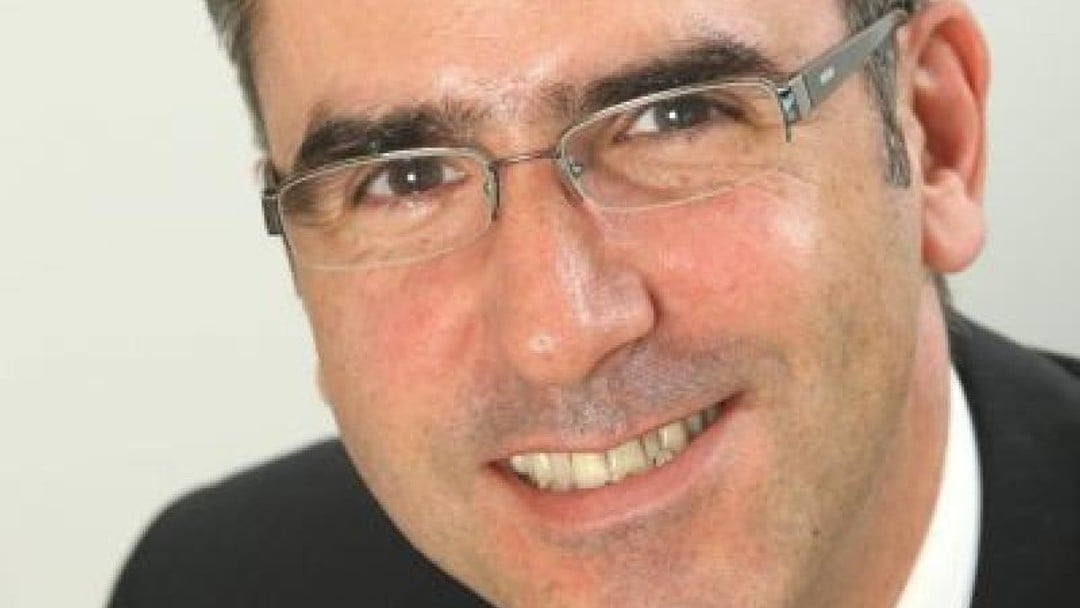Pensions, politics and predictions

By Colin Lawson
High earners need to act fast and utilise the tax relief advantages of putting money into a pension before it's too late
Whatever the outcome of the election, additional rate tax relief for pensions was always going to be headed the way of the dodo and, just like the dodo, it is unlikely to ever return once it's gone.
There is, however, a unique window of opportunity for those earning more than £150,000 to claim as much tax relief as they can 'while stocks last'. There is also a lot of tax relief up for grabs; up to £99,000 over the next two tax years for each individual, in fact.
Only the foolish
While the Conservative's proposals have not yet been cast in stone, the recently announced summer budget may do just that. This would mean that it really is a case of grab it while you can because, based on the plans announced last month, an additional rate taxpayer would be foolish to ever pay into a pension again after April 2017.
The proposals effectively increase the marginal rate of tax for those individuals earning between £150,000 and £210,000 a year to 67.5 per cent, on top of which the annual allowance would be reduced to £10,000 once income reaches the top of this band.
With the recent introduction of the pension freedoms rules, the only reason I can see not to maximise contributions is if you can't afford it and, even then, it might be worth moving ISAs into pensions, or even borrowing on your mortgage.
The fact that pensions are now so attractive has led the political parties to move the restriction of higher rate tax relief further up on the agenda. No longer are you 'locking your money away' when you invest in a pension. If you are in your mid-40s, it's now a short(ish) term savings plan and if you are over 55, it acts like an instant access savings account.
Between now and the proposed rule change, the maximum you can invest is £220,000, but it will only cost you £121,000 after tax relief; you'd be hard pressed to find a better deal than that.
This calculation assumes that you've not made any pension contributions during the last three years, and can take advantage of the carry-forward rules. Note that your earnings must also be at least equal to the contribution made in a particular tax year.
The gross amount you could contribute within the 2015/16 tax year, utilising carry-forward, is:
2012/13 £ 50,000
2013/14 £ 50,000
2014/15 £ 40,000
2015/16 £ 40,000 (current year annual allowance)
£180,000
You could also contribute the annual allowance for the 2016/17 tax year:
2016/2017 £ 40,000
This gives a total contribution over the two years of:
Gross contribution £220,000
Tax relief £ 99,000
Net investment £121,000
If you have any clients or any friends who earn more than £150,000 then now is the time to encourage them to act.
Predicting the unpredictable
On the subject of investing, although taking a slightly different tack, I took a look back at the blog I wrote in January when I stuck my neck out and predicted that the FTSE 100 would finish the year at 7,025, having peaked at above 7,100.
I also suggested buying the FTSE at 6,400 and selling at 6,950, then reinvesting back into commercial property funds - so far so good. The FTSE peaked at 7,122 in April, which may well be the peak for the year.
If you had bought and sold when I suggested, you would have banked a profit of 8 per cent and you would now be sat in property, with the returns hopefully ticking up as the rent comes in for the rest of the year.
And now time for some more crystal ball gazing.
We have had a great run with stock markets over the last six years. However with stock markets crashes (a drop of 20 per cent or more) historically occurring every three to four years on average, then statistically we are due for a fall.
Add to that global instability, deflation risks, Greece, the expected rise in interest rates and the unknown elements that are yet (but guaranteed) to materialise, and I would state the probability of a 20 per cent drop in markets at almost 75 per cent.
It's a personal view and not one shared by the whole Equilibrium team. However we are, as always, preparing for all eventualities. If you are talking to investment managers about your own or clients' money, ask them how likely they think a 20 per cent drop is, and about their plan to ensure clients are a 'victor and not a victim' of volatility.
Colin Lawson is founder and managing partner of Equilibrium Asset Management
He writes a regular blog about wealth management for Private Client Adviser

